One of the most exciting things about starting a business is not knowing just how big your venture will get. You may have to start with just yourself and a laptop but you could grow into having an office space and remote employees all over the country. That potential is one of the things that make entrepreneurship great. While not every one of the 33 million small businesses in America will grow to those heights, many have the potential to. Some will even succeed far beyond that.
Many of the most successful companies in the world started as small businesses. In this article, we’ll look at some of the most notable small companies that eventually made it big. Hopefully, this will inspire you to dream a little bigger to fulfill your entrepreneurship vision.
Spanx
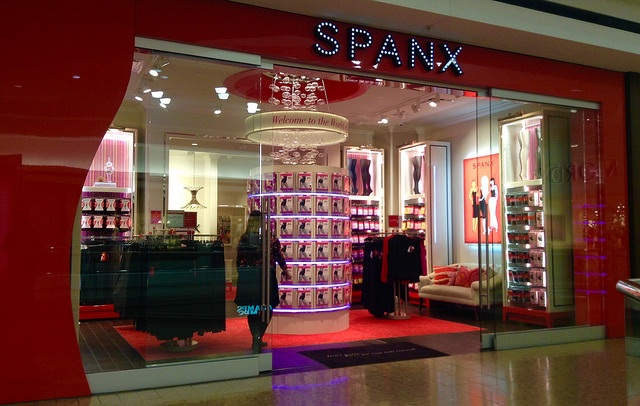
In the late 1990s, Sara Blakely faced a fashion dilemma: she wanted the smooth silhouette that a pantyhose provided, but without the constricting toe section. Using scissors, she cut the feet off her hosiery, unknowingly laying the foundation for what would become Spanx. With her life savings of $5,000 and an abundance of determination, Blakely began her journey into the world of apparel without any background in fashion or business. After countless cold calls, product tweaks, and patent applications, Blakely successfully landed Spanx on the shelves of the prestigious department store Neiman Marcus.
However, Spanx’s big break came when Oprah Winfrey named it one of her “Favorite Things” in 2000. Almost overnight, Spanx became a must-have item for women everywhere, seeking the promise of a smoother, more flattering silhouette. But Blakely didn’t stop there. Over the years, the company has expanded its product line to include leggings, bras, activewear, and menswear. Beyond its products, Spanx stands out for its commitment to female empowerment and entrepreneurship.
YouTube
Three former PayPal employees, Steve Chen, Chad Hurley, and Jawed Karim, launched a site originally intended for dating, based on video sharing. However, as users began to upload and share a variety of content, the trio quickly realized the platform’s broader potential. YouTube’s exponential growth was evident when, in 2006, just a year after its inception, Google acquired it for an astonishing $1.65 billion in stock.
Since then, YouTube has transformed the way we consume content. From DIY tutorials, music videos, and educational content to vlogs, unboxings, and reviews. And with its comment section, YouTube has also become an unofficial social media site. It has essentially democratized content creation. Individuals can build careers and businesses by sharing their passions and expertise. Artists like Justin Bieber and Ed Sheeran were discovered on YouTube, underscoring its impact on the entertainment industry.
The platform’s monetization strategies, such as AdSense, Super Chats, and Channel Memberships, have created sustainable revenue streams for creators. With 2.7 billion logged-in monthly users and content available in 80 languages, YouTube has become an unstoppable force in the realm of video consumption.
HP (Hewlett-Packard)
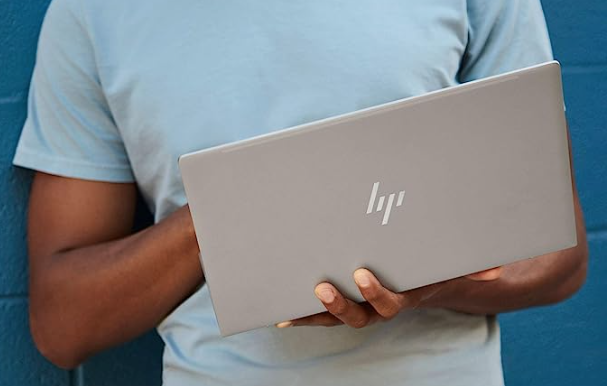
Bill Hewlett and Dave Packard, two Stanford University electrical engineering graduates, founded Hewlett-Packard (HP) in 1939 with an initial investment of $538. Their first product, an audio oscillator, caught the attention of Walt Disney Studios, which ordered eight units to test sound for the film “Fantasia.”
The small garage would later be deemed the “birthplace of Silicon Valley”. As the years progressed, HP expanded its product line. It began to move from electronic instruments to computing. In the 1960s, HP introduced its first computer. By the 1980s, it was producing personal computers for the masses.
HP’s commitment to innovation and quality led to many technological advancements, from pioneering inkjet printing technology to introducing groundbreaking personal computing devices. The brand’s evolution, marked by mergers, spin-offs, and continued dedication to R&D, showcases its adaptability in a rapidly changing tech landscape. Today, HP remains a global leader in computing, printing, and digital solutions, its origins forever rooted in a small California garage.
Nike
The story of Nike begins with a handshake between Phil Knight, a runner and business student, and Bill Bowerman, his coach at the University of Oregon. In the early 1960s, they formed Blue Ribbon Sports, distributing Japanese athletic shoes in the U.S., and challenging established brands. But by 1971, they began crafting their footwear, accompanied by the introduction of the iconic Swoosh logo designed by Carolyn Davidson for a mere $35.
Nike, named after the Greek goddess of victory, soon gained a reputation for innovative athletic footwear. The brand’s knack for marketing, epitomized by the “Just Do It” campaign and partnerships with athletes like Michael Jordan, ensured it wasn’t just about shoes, but a lifestyle and a symbol of aspiration.
Over the decades, Nike’s product line expanded beyond shoes to apparel and accessories, integrating cutting-edge technology and design. Their commitment to sustainability, athlete empowerment, and addressing societal issues further bolstered the brand’s global appeal. Today, Nike isn’t just an athletic brand—it’s a cultural icon, influencing sports, fashion, and societal norms. Very few companies have successfully gone global like Nike.
Apple Inc.
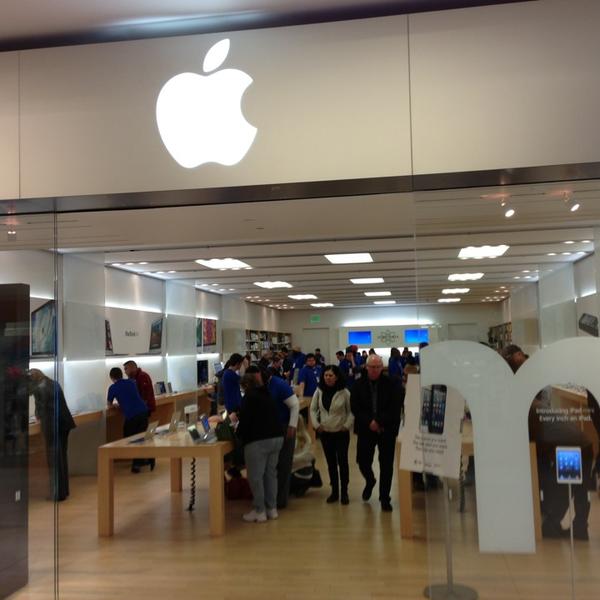
Apple Inc. is one of the most valuable companies in the world, with a market capitalization of over $2 trillion as of 2023. The brand seems to be an unstoppable force at this point in history but it started as a small company in a garage.
Steve Jobs, Steve Wozniak, and Ronald Wayne transformed from a startup in a garage in 1976 to a global technological behemoth. Apple’s success worldwide is due to more than just its products, it comes from the principles around product development.
Apple’s marketing strategies have also played a significant role in its success. The company’s “Think Different” campaign, which was launched in 1997, was a huge success and helped to reposition Apple as an innovative and creative company. Apple’s minimalist design aesthetic and attention to detail have also helped to set the company apart from its competitors. The iPhone brought the smartphone into the mainstream and society hasn’t looked back.
While it isn’t true that Apple was the first trillion-dollar company (there are a few companies that reached that dollar amount in today’s value) it was the first publicly traded company to do so. Recently, it also became the first to reach $3 trillion in valuation.
Amazon
A simple idea: an online bookstore, has now become one of the largest companies in the world. Not many people saw this coming. However, Jeff Bezos knew he had something big when he founded Amazon in 1994. In the beginning, the company operated out of his garage in Seattle, Washington.
One of the keys to Amazon’s success has been its ability to innovate. The company has always been willing to take risks and try new things even if they don’t always work out. For example, Amazon was one of the first companies to offer customer reviews of products. Now, it seems like every customer expects to see reviews from any site before purchasing.
Amazon has also been a pioneer in the use of artificial intelligence and machine learning. This is one of the reasons why your Amazon recommendations are so accurate. These algorithms provide a more personalized shopping experience for its customers.
Another factor that has contributed to Amazon’s success is its focus on customer service. The company has always put the customer first. This has helped to build a loyal customer base. Amazon offers free shipping on many items, and its Prime membership program has become incredibly popular, offering customers free two-day shipping, access to streaming video and music, and other perks.
In recent years, Amazon has expanded into new areas, such as cloud computing and artificial intelligence. The company’s AWS (Amazon Web Services) division is now one of the largest providers of cloud computing services in the world, and its Alexa digital assistant has become a household name.

You most likely found this site or this article using Google. The search engine owns 91% of the worldwide search engine market share. Although its main competitor Bing has gained some ground, Google has fully established itself as the dominant search tool online. Stanford Ph.D. students, Larry Page and Sergey Brin started a project to organize the world’s information in 1996 from their dorm. Their search engine, initially named “Backrub,” operated on Stanford servers for over a year before adopting the name “Google”—a play on the mathematical term “googol,”. The term Googol represents the number 1 followed by 100 zeros.
Google’s unique algorithm, which ranked search results based on website importance rather than the number of times a search term appeared on a page, set it apart. By 1998, the duo set up their first data center in Page’s dorm and incorporated Google Inc. The following years witnessed explosive growth, with innovations like AdWords, Google Maps, Gmail, and the acquisition of YouTube.
But Google’s ambitions weren’t limited to search. Ventures into mobile technology led to the development of the Android OS and its forays into hardware-produced devices like the Google Pixel. The company’s reorganization under Alphabet Inc. in 2015 allowed diversification into sectors like healthcare, self-driving cars, and AI.
Today, Google is synonymous with internet search. Its mission, “to organize the world’s information and make it universally accessible and useful,” remains as relevant as ever, impacting every facet of the digital age.
Subway
In 1965, Fred DeLuca, a 17-year-old aspiring doctor, was given a potentially life-changing suggestion by a family friend, Dr. Peter Buck. Buck proposed that DeLuca start a sandwich shop as a means to finance his medical studies. With a $1,000 loan from Buck, they opened “Pete’s Super Submarines” in Bridgeport, Connecticut. The first day’s earnings were a mere $316, but it was a start.
Over the next few years, DeLuca and Buck refined their business model, focusing on fresh ingredients, customization, and a unique selling proposition in an era dominated by burgers and fries. In 1968, they adopted the name “Subway” and began franchising, a move that exponentially amplified their reach.
The brand also has the most U.S. locations of any other chain and it’s not even close Today, with over 20,000 locations in the U.S. That is compared to around 13,000 for McDonalds and 14,000 for Starbucks.
Their iconic “Eat Fresh” slogan is a commitment to providing healthier fast-food alternatives. In 2007, they launched their $5 Footlong campaign. This was a special deal where customers could get a footlong sandwich for just $5. However, the chain phased out the promotion around 2015. Some speculate that the deal was not sustainable with rising labor and food costs. In any case, Subway continues to be a leader in their industry and customizable sandwiches and even plans to open 4,000 new locations in China.
John Paul Mitchell Systems
When John Paul DeJoria and Paul Mitchell founded John Paul Mitchell Systems in 1980, they had a shared vision: to create high-quality hair care products that catered to professionals and the public alike. With a modest starting capital of only $700, they began their venture selling just two products. Their hands-on approach, literally going door-to-door to salons, allowed them to personally convey the quality and benefits of their offerings.
Over the decades, the brand became synonymous with professional hair care. Their products, recognized by their distinctive black and white packaging, have become staples in salons globally. Yet, beyond the brand’s dedication to quality, John Paul Mitchell Systems stands out for its ethical commitments.
They were pioneers in the beauty industry, advocating against animal testing and promoting cruelty-free products. The company’s environmental consciousness also extends to sustainable sourcing and eco-friendly packaging.
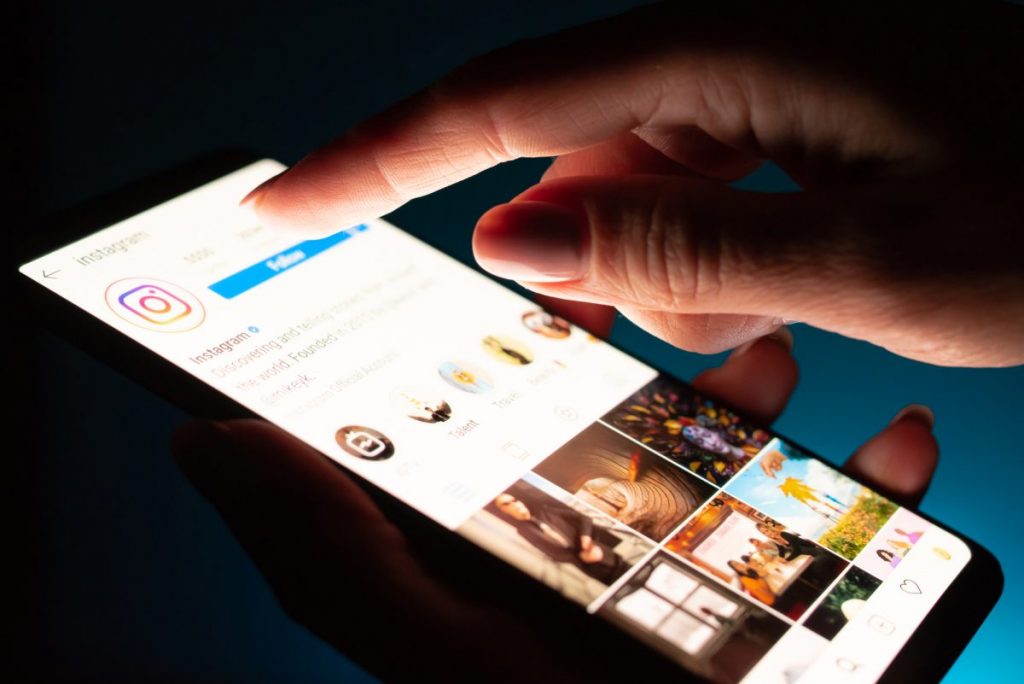
It is possible that without Instagram, the influencer model would have never existed. This is because the platform changed the way social media operated and how people use these platforms.
In 2010, the photo-sharing application created by Kevin Systrom and Mike Krieger was born. The platform was distinguished by its square image format and photo-filtering options. It attracted a million users in just two months. While initially limited to iOS, its Android release in 2012 further accelerated growth. The same year, in a strategic move, Facebook acquired Instagram for $1 billion.
What set Instagram apart was its simplicity and emphasis on visual storytelling. Over time, features like Stories, IGTV, and Reels have kept users engaged. From there its e-commerce capabilities turned it into a hub for businesses and influencers. By providing a platform for artists, activists, entrepreneurs, and everyday users, Instagram has redefined personal branding and marketing.
The Importance of Humble Beginnings
Starting small is an essential aspect of building a successful business. It allows entrepreneurs to test their ideas, refine their strategies, and learn from their mistakes before scaling up. Here are some key reasons why humble beginnings are crucial for the long-term success of a business:
- Resourcefulness: Starting small often means having limited resources, which forces entrepreneurs to be creative and resourceful. They learn to make the most of what they have and find innovative solutions to problems. This mindset can be invaluable as the business grows and faces new challenges.
- Focus: When starting small, entrepreneurs have to focus on what really matters. They can’t afford to waste time and resources on things that don’t contribute to the bottom line. This focus can help them stay on track as the business grows and becomes more complex.
- Customer intimacy: Starting small allows entrepreneurs to build close relationships with their customers. They can get to know their customers’ needs and preferences on a personal level and tailor their products or services accordingly. This customer intimacy can be a powerful competitive advantage as the business grows.
- Flexibility: Starting small means being able to pivot quickly when things aren’t working. Entrepreneurs can test different strategies and approaches without risking too much. This flexibility can help them adapt to changing market conditions and stay ahead of the competition.
Conclusion
As an entrepreneur, you should run the kind of business that you enjoy and that helps you meet your goals. If staying small is something that you want to do, you should never feel like you need to grow bigger than you want. However, if you dream of creating a worldwide brand that impacts millions, you should never let anything stop you from pursuing that dream. Take a lesson from these ten businesses and help your company reach its full potential.
Also read:
10 Companies That Successfully Went Global


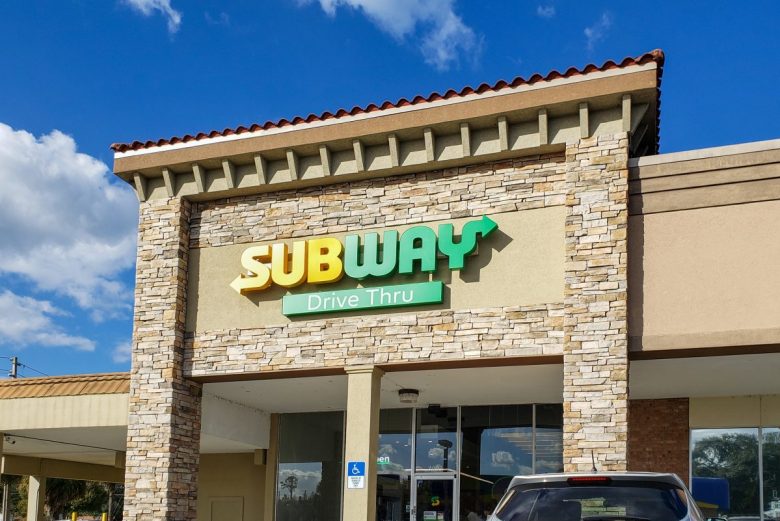









Pingback: 10 Companies That Started Small and Made It Big – Austin Rotter
Pingback: 10 Companies That Started Small and Made It Big – Joseph Odierno Buffalo